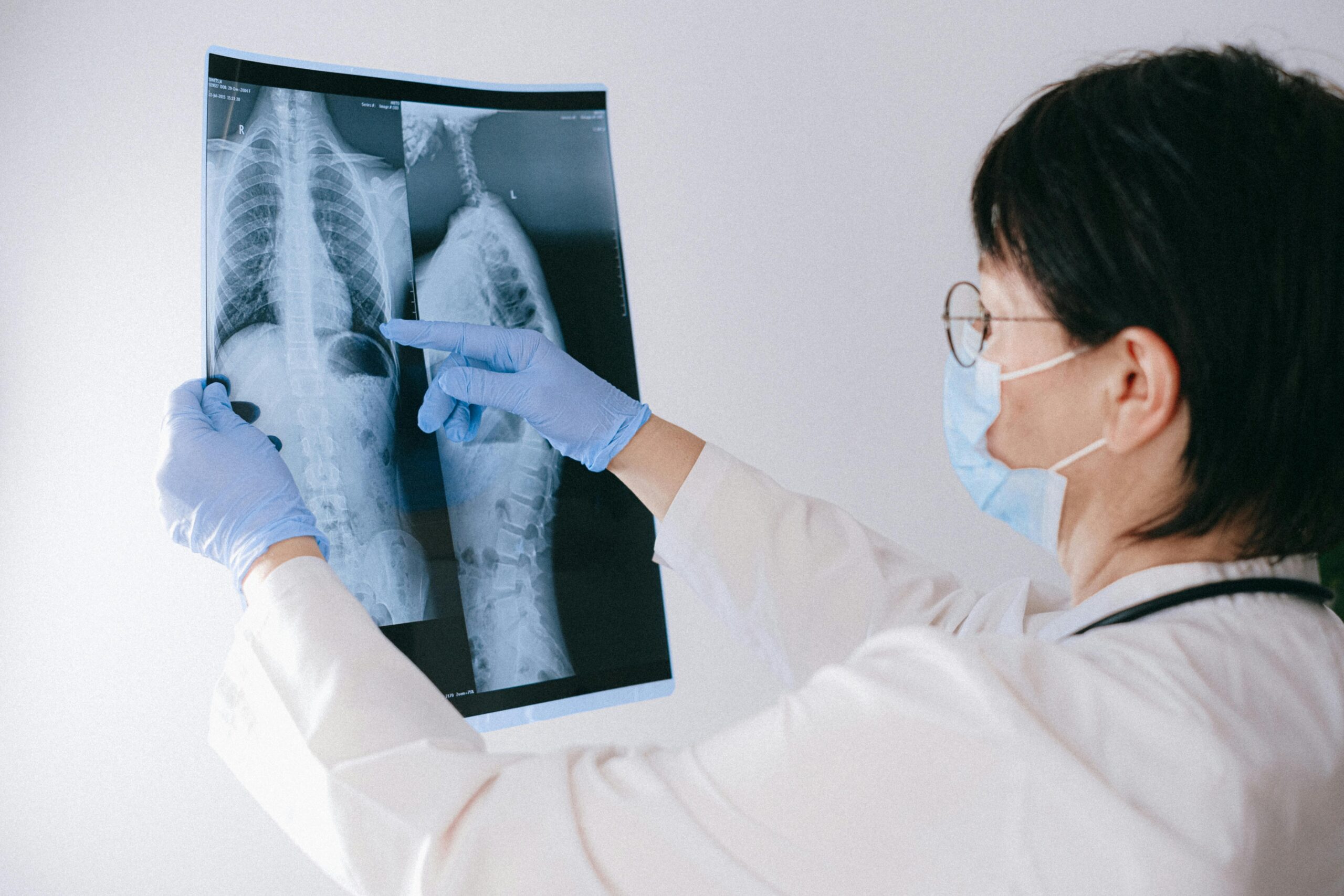X-ray imaging is a valuable diagnostic tool in medicine. It helps healthcare professionals identify and treat a wide range of conditions. By capturing detailed images of internal structures, X-rays provide insights that external observation cannot offer. This effective technique is used across various medical fields to diagnose conditions, monitor progress, and guide treatment plans. Urgent care centers, hospitals, and specialized facilities rely on X-rays for quick and accurate symptom assessments. This enables timely interventions and improved patient outcomes. Discover how X-rays in urgent care facilitate rapid diagnoses and effective, accurate treatment.
Bone Fractures and Injuries
X-rays are indispensable for diagnosing fractures and skeletal injuries, especially in urgent care settings. They provide clear and detailed images of the bones, allowing for the identification of breaks, dislocations, and even stress fractures. This diagnostic capability is beneficial for urgent care facilities, which frequently handle patients with suspected bone injuries following accidents or physical trauma. By pinpointing the exact location and nature of the injury, providers can develop precise treatment strategies.
Tumors and Masses
X-rays are a tool in modern healthcare, particularly for detecting tumors and other abnormal masses. Here’s how they contribute to early diagnosis and treatment:
- Detect growths that may not be visible through physical examinations.
- Reveal the size, location, and impact of abnormal masses.
- Enable early detection of potential health issues.
- Support accurate diagnosis and effective treatment planning.
- Help provide timely intervention to reduce the risk of serious complications.
Chest Conditions
X-rays play a role in diagnosing chest-related conditions, including pneumonia, bronchitis, and other lung infections. They can also detect abnormalities such as fluid buildup, collapsed lungs, or signs of chronic respiratory diseases like chronic obstructive pulmonary disease (COPD). For patients presenting with symptoms such as persistent coughing, chest pain, or difficulty breathing, X-rays provide a quick and accurate diagnostic tool.
Detection of Foreign Objects
X-ray technology plays a role in detecting foreign objects within the body. Here’s how it helps:
- Locates foreign objects resulting from unintentional ingestion or penetration.
- Assess the impact of these objects on surrounding tissues.
- Aids healthcare professionals in making informed decisions regarding removal or intervention.
Arthritis and Joint Conditions
For patients experiencing chronic joint pain or stiffness, X-rays are used to diagnose arthritis and other joint-related conditions. These images help identify structural changes, narrowing joint spaces, and the presence of bone spurs. These are often associated with osteoarthritis or rheumatoid arthritis. By determining the severity of the condition, healthcare providers can recommend appropriate treatment plans. These may include medication, physical therapy, or surgical procedures.
Get Your X-rays at Your Local Urgent Care Center
X-rays remain one of the most reliable and versatile tools in medical diagnostics, enabling healthcare providers to accurately assess a wide array of conditions. From detecting life-threatening illnesses to managing chronic ailments, X-ray imaging continues to play a role in efficient and effective patient care. For those in need of faster diagnostic solutions, especially in urgent care situations, X-rays provide timely and accurate assessments. If you require a medical evaluation or have symptoms that require imaging, consult your healthcare provider or visit a trusted urgent care center to explore your options.
- How To Create a Personalized Weight Loss Plan
- The Importance of Foot Care for Diabetes: Prevention Tips You Need
- Cutting vs. Polishing Tools in Dentistry: Key Differences Every Dental Professional Should Know
- What Are the Symptoms of Depression?
- Understanding the Role of Neurologists in Managing Chronic Headaches


Leave a Reply